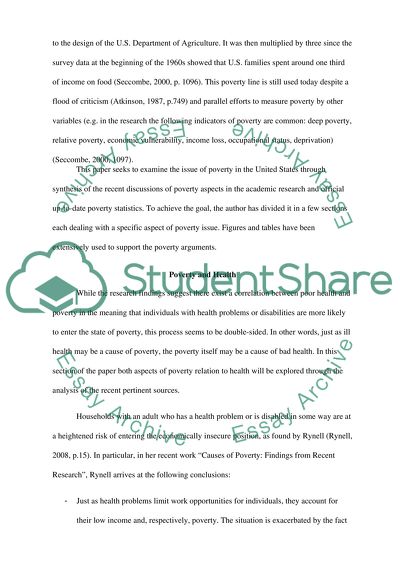Cite this document
(“Poverty in U.S Research Paper Example | Topics and Well Written Essays - 3250 words”, n.d.)
Retrieved from https://studentshare.org/macro-microeconomics/1396361-issues-of-poverty-in-us
Retrieved from https://studentshare.org/macro-microeconomics/1396361-issues-of-poverty-in-us
(Poverty in U.S Research Paper Example | Topics and Well Written Essays - 3250 Words)
https://studentshare.org/macro-microeconomics/1396361-issues-of-poverty-in-us.
https://studentshare.org/macro-microeconomics/1396361-issues-of-poverty-in-us.
“Poverty in U.S Research Paper Example | Topics and Well Written Essays - 3250 Words”, n.d. https://studentshare.org/macro-microeconomics/1396361-issues-of-poverty-in-us.


